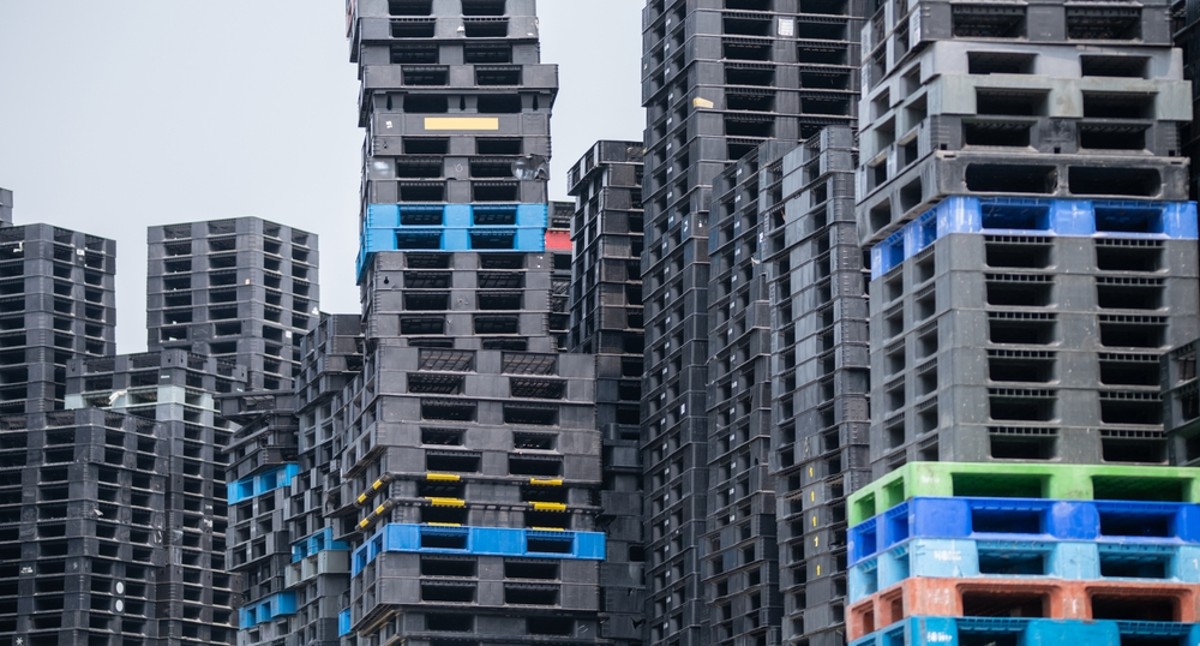Pallets are a key feature of logistics and supply chain management; in fact, they can be described as the backbone of global trade. This is because they make the movement of goods from manufacturers to distributors to retailers possible. While pallets can be crafted from various materials, plastic pallets have emerged as the most popular option in the industry. This material is nothing short of a game-changer since it provides the perfect combination of durability, sustainability, and efficiency. To that end, the technology behind plastic pallets is explored in further detail below, showing you just how they’ve transformed the industry.
Material Innovation
While they’re called plastic pallets in layman’s terms, they’re actually crafted from something called high-density polyethylene (HDPE) or polypropylene (PP). With this material, pallets boast an exceptional strength-to-weight ratio, meaning they can handle heavy loads while still remaining lightweight themselves. What’s more, plastic is resistant to moisture, chemicals, and pests, which maintains the integrity of goods during transportation and storage.
Injection Molding Process

Injection molding is the key pillar of plastic pallet production. This is a manufacturing process that involves molten plastic being injected into a mold cavity and cooled to achieve the required shape. A number of benefits come with this method, such as efficient production, precise product dimensions, and the ability to incorporate intricate designs and features like reinforcements, ribs, and anti-slip surfaces.
Customization and Standardization
Perhaps the biggest strength of plastic pallets is that they’re just so versatile. This is predominantly down to their customizable nature, in which manufacturers are able to tailor pallet designs to meet specific industry requirements, such as size, load, capacity, and handling preferences. Similarly, users can ensure compatibility with all manner of handling equipment by way of standardized dimensions. Handling equipment in this industry includes the likes of forklifts, pallet jacks, and conveyors. So, with the help of standardized pallets, it becomes so much easier to streamline logistics processes and promote interoperability across supply chains.
Durability and Longevity
While traditional wooden pallets are susceptible to wear, decay, and splintering, plastic pallets promise superior durability and longevity. They’re resistant to impact, weathering, and temperature fluctuations, which is why they’re perfect for indoor and outdoor use alike. Similarly, plastic pallets are much easier to clean and sanitize, minimizing the likelihood of contamination and enhancing product safety. This is of particular importance in industries like food and pharmaceuticals.
Sustainability and Circular Economy
Today, sustainability is more important than it has ever been before; as a result, it has become a driving force behind innovation in the pallet industry. Since plastic pallets are reusable, recyclable, and environmentally friendly, they are an asset to a circular economy. In contrast, single-use wooden pallets typically end up in landfills after a handful of trips. Plastic pallets, on the other hand, can endure hundreds of cycles without degradation. What’s more, at the end of their lifespan, plastic pallets can be ground into granules and recycled to produce new pallets or other plastic products. This then minimizes waste and conserves natural resources.
Lifecycle Analysis
Choosing plastic pallets over alternative materials has a number of environmental advantages. This is because plastic pallets require fewer raw materials, energy, and water for production compared to wooden pallets. What’s more, their longevity and recyclability significantly minimize carbon emissions, waste generation, and deforestation when compared to traditional pallets. As a result, companies are able to align their sustainability goals with their regulatory requirements.
Ultimately, plastic pallets are incredibly valuable in the world of logistics and supply chain management, thanks to the impressive technology that acts as the driving force behind them.



